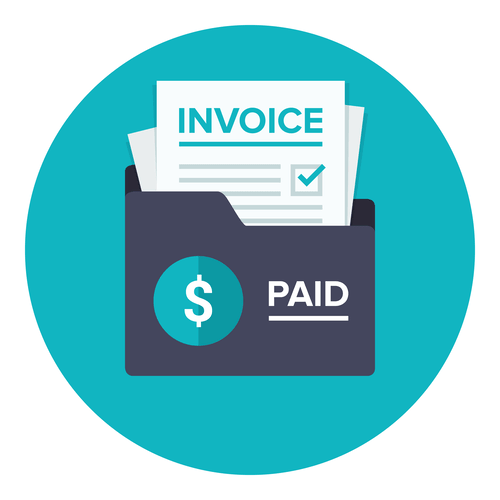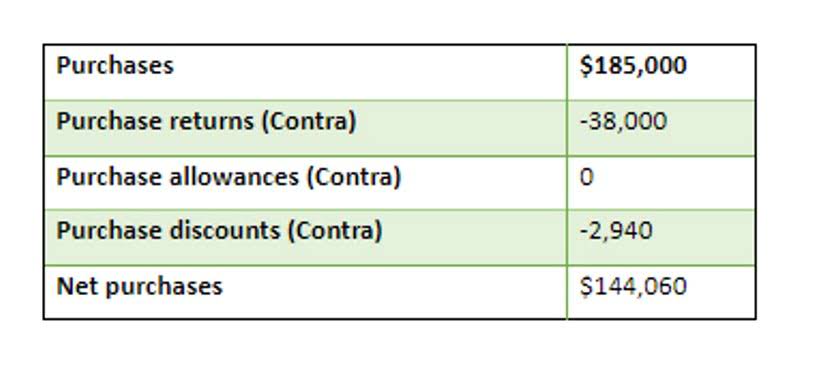
Just as your clients rely on your expertise with the law, there comes a point when you need to call in accounting professionals. Whether it means using legal accounting software to simplify and automate your accounting, hiring a professional legal accountant, or both—don’t be afraid to delegate when you need to. While you’ve spent years honing your skills to become a great lawyer, you didn’t learn about accounting or bookkeeping for attorneys at law school. Trust accounts hold the client’s money, usually in the form of client fees (typically a retainer), settlement money, or court fees. This prevents commingling with your firm’s funds (your operating account) so you don’t purposely or accidentally spend money that isn’t yours.
Accrual Accounting
When assembling your chart, speak with an accounting expert who is experienced with law firms and can provide a law firm chart of accounts sample. A good law firm chart of accounts sample will include the main elements listed within this article—properly itemized and separated by your accounting expert or experienced lawyer. As a next step, take stock of any software that integrates with your accounting application.

Legal Accounting 101: Financial Tips for Long-Term Success
- Trust accounts are one of the most common areas where legal accounting mistakes are made.
- Reliable bookkeeping for attorneys also provides accurate financial data for legal accountants to work with.
- For example, you may appear to have more cash than you have if outstanding payments are owed to vendors.
- In the circumstance that your client resides in a state that allows General Retainers, we recommend you set up a Suspense account to track a retainer in your QuickBooks chart of accounts.
- Typically it is not necessary to have more than one General Retainer account and not likely a good idea.
- This number will make it easier to reference specific accounts when recording financial transactions.
Bookkeepers record the financial transactions and balance the financial accounts for your firm. Legal bookkeeping takes place before any accounting can occur and is an important administrative task for any law firm. Once you create an appropriate chart of accounts, your firm needs a complete system for logging time, expenses, and client funds into those accounts. That includes the separation of collected retainers and the proper transfer of earned retainers into the firm’s operating account.
How to succeed at accounting for law firms and bookkeeping in 2025
- A generic Chart of Accounts may not adequately address the specific needs of a law firm.
- List of AccountsThe list of accounts is a hierarchical outline of the firm’s financial accounts, grouped at the top level by assets, liabilities, equity accounts, revenue, and expenses.
- Establish separate accounts for different practice areas to track revenue and expenses.
- You can go with an accrual or cash accounting method in the US, and the difference is mostly about timing.
- Nested under these you would find business credit card accounts, pooled trust accounts, and bank loans, among other things.
- This blog post will delve into the nuances of the Law Firm Accounting Chart of Accounts, exploring its significance, structure, key components, and the importance of customization.
Committing to accounting for law firms will allow you to be better equipped to identify growth opportunities. To ensure your firm’s financial statements are accurate, complete, and up-to-date, you need to virtual accountant use sound bookkeeping for attorneys. All state bar associations require every law firm to list detailed and accurate records of all incoming and outgoing money from trust accounts.
Law Firm Chart of Accounts and General Ledgers Made Easy
- For example, your asset account might contain sub-accounts for your operating bank account, accounts receivable, and advanced client costs.
- Now is the time to setup up preferences for online payments for invoices that are connected to this job.
- If you run the balance sheet for the first month, it should show your client owes the interest to the state.
- Using legal technology can ease the workload of manual tasks while helping your firm meet its goals—avoiding errors, ensuring compliance, and staying organized.
- See how we can help by talking to our team of Certified Payment Specialists today.
- Technology can make accounting processes—including setting up your law firm chart of accounts—easier, more efficient, and more accurate for law firms.
This allows you to properly manage the account over a period of time and when necessary, will provide correct tax reporting. This is an important QuickBooks chart of accounts tip, and can help you significantly. The information you use to make business decisions — such as financial statements and a legal KPIs dashboard — will be more accurate.

Integrating the Chart of Accounts with CaseFox

These components establish a structured framework for managing financial data, aiding law firms in managing resources and making informed decisions. Specialized trust accounting software streamlines the management of client funds, offering features like automated reconciliation, compliance tracking, and detailed reporting. Tools such as Clio or CosmoLex help firms maintain compliance with state bar regulations and avoid errors. Some investors also prefer accrual accounting trial balance since it more accurately records income and expenses when they were earned.

- For instance, If a law firm online bookkeeping possesses a building, it may be able to use it as collateral for a loan to finance the purchase of new equipment or to expand its operations.
- The simplest way to keep track of these is to create one or many billable expense accounts in your law firm’s Chart of Accounts.
- Law firm accounting is a process that involves meticulous recordkeeping to comply with regulations set out by local jurisdictions and the American Bar Association (ABA).
- This gives you the best of both worlds while making your law firm’s comprehensive accounting situation easier to manage.
- Bookkeepers summarize and organize all the firm’s financial transactions chronologically and systematically, which requires careful attention to detail.
- If you want to track additional information regarding the Matter, you can set up Custom Fields on this screen and fill them in here.
It’s essential to train your staff on how to use the chart of accounts and accounting software. This training should include how to record financial transactions, reconcile accounts, and generate https://www.bookstime.com/articles/law-firm-chart-of-accounts reports. Additionally, it simplifies the budgeting process and aids in creating reliable forecasts for future financial planning.
 Skip to main content
Skip to main content




 Phone
Phone 
 Address
Address  226 503 4006
226 503 4006